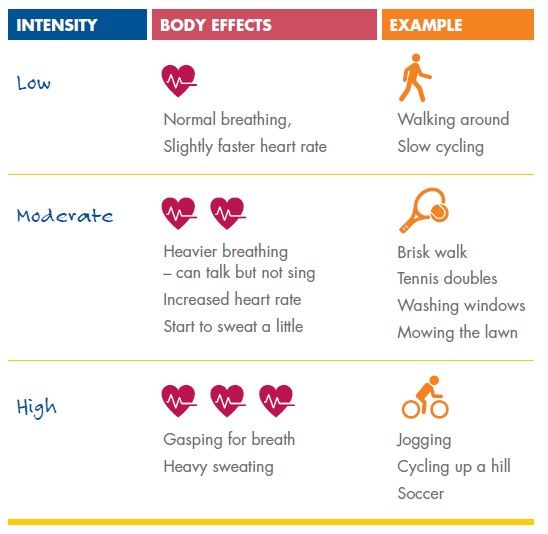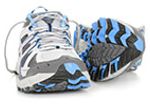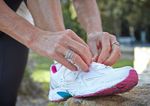Physical Activity: Something is better than nothing and more is better than less
by Steve Pratt, Accredited Practising Dietitian and Accredited Exercise Physiologist
- October 3, 2017
- Leave a comment
At the risk of losing everyone in the first paragraph, I’m going to start by quoting Australia’s Physical Activity Guidelines which tells us that “Doing any physical activity is better than doing none”. They go on to tell us in much more detail what types of activity to do, how often and for how long to get the best health outcomes. But, to me, these opening nine words are the best. Their simplicity reminds me of the famous Michael Pollan diet advice, “Eat food. Not too much. Mostly plants”.
The Guidelines
The other guidelines are necessary and important. People need targets, we need something to measure the population against and guidelines are a way of communicating the latest evidence. So, let’s get them out of the way before we get back to my favourite guideline.
- Be active on most, preferably all, days every week.
- Accumulate 150 to 300 minutes (2 ½ to 5 hours) of moderate intensity physical activity or 75 to 150 minutes (1 ¼ to 2 ½ hours) of vigorous intensity physical activity, or an equivalent combination of both moderate and vigorous activities, each week.
- Do muscle strengthening activities on at least 2 days each week.
In short: be active every day, aim for 30 minutes a day and do weights twice a week.

The most important guideline
Back to the guideline at hand. It is probably time to ‘fess up, there’s a bit more to it than I told you. The full version is: “Doing any physical activity is better than doing none. If you currently do no physical activity, start by doing some, and gradually build up to the recommended amount.”
It’s fair to say the extra words don’t add much meaning, just detail. So I haven’t been completely dishonest. Let’s break it down though.
Doing any physical activity is better than doing none. Not the most controversial statement you’re likely to read today. What is “any physical activity”? Just what it says. Physical activity comes in all shapes and sizes. In the trade we talk about recreational physical activity and incidental physical activity. You probably know them better as exercise and walking places. Both offer opportunities to be more active.
Recreational activity
When it comes to exercise, do whatever you like… just do it hard enough to get pink cheeks. Some people like to exercise in a group, some prefer to do it alone. Some prefer plans and programs; others would rather just enjoy doing something when and where it suits. Team sports, bushwalks, gym sessions, dance-offs and bike rides all count! There is no right way to exercise but if you’re sitting on the couch, you’re definitely doing it wrong!
Incidental activity
Walking places is not the only incidental physical activity. Catching public transport, taking the stairs instead of the lift, using the push-mower and parking farther away all count. These are opportunities for us all to be a little bit more active and, as a bonus, most of them are good for the planet. A simple goal to drive less could be all it takes to be a bit more active. The little things count.
The wrap up
Don’t think that because you can’t do your full 30 minutes, there’s no point doing anything. Nothing could be further from the truth. Everything counts.
To finish, it’s not quite seven words and I’m never going to be Michael Pollan, but I’ll leave you with my simple physical activity message. “Some activity is better than none. More is better than less.” Every bit of activity makes a difference. Don’t forget it.







